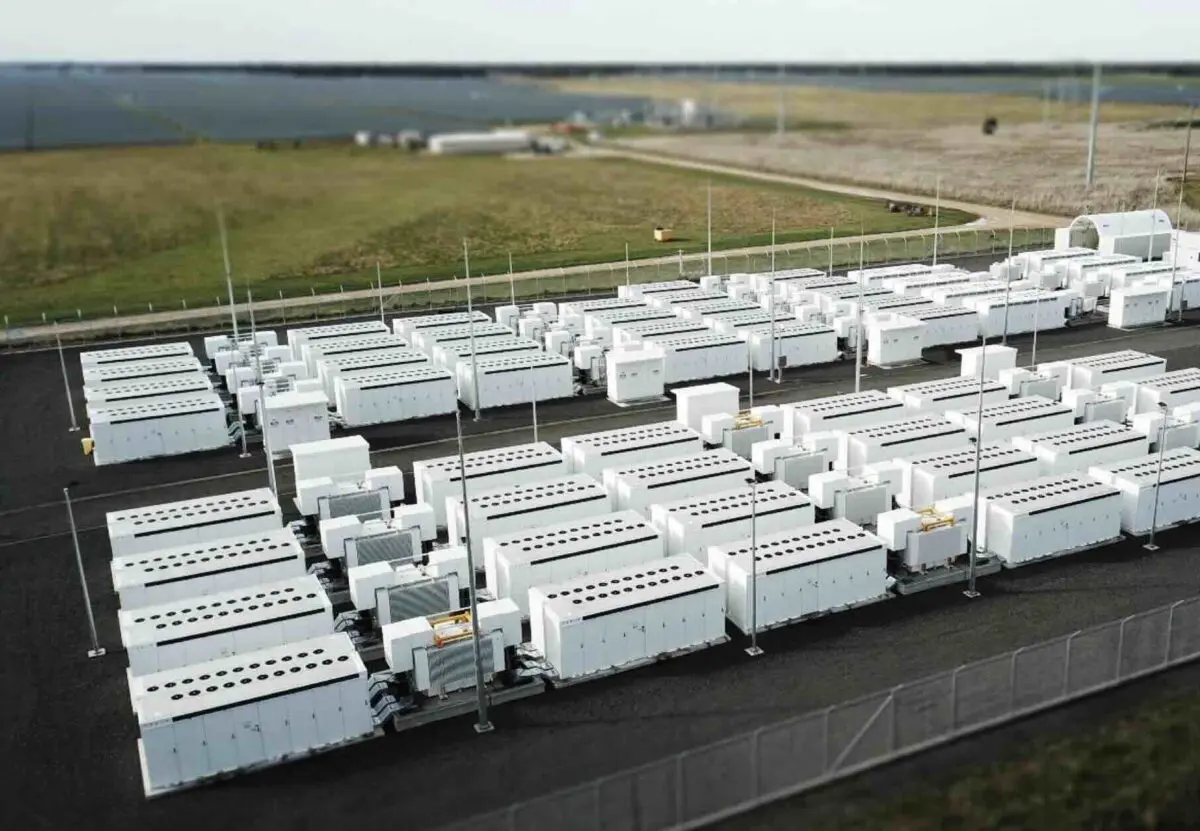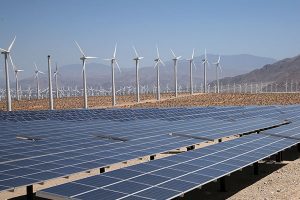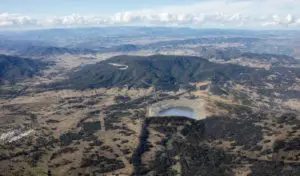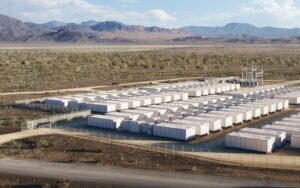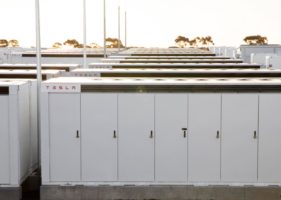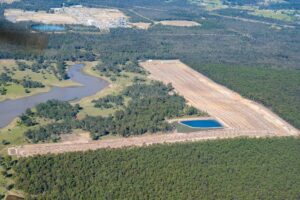Two landmark renewable energy tenders have formally opened on Friday, with the federal government seeking a record 6 gigawatts (GW) of new solar and wind capacity, and NSW seeking offers for up to 1 GW of long duration storage capacity.
Both tenders are the largest of their type in the country, and come as state and federal governments seek to accelerate the roll of renewables so that 2030 targets can be met, and enough capacity in place to allow coal fired generators to close.
The federal government’s 82 per cent renewable energy target is looking difficult, particularly with a slow down in planning approvals, new connections and investment decisions, the latter ironically partly caused by developers waiting for the first auctions under the new Capacity Investment Scheme to get going.
The 6W auction, which reserves 2.3 GW of new capacity for NSW, 1.4 GW for Victoria and 0.3 GW for each of South Australia and Tasmania, will be repeated twice yearly as part of the government’s plan to secure 23 GW of new renewables and another 9 GW of four-hour storage capacity.
“We are getting on with the job of delivering practical solutions to keep the lights on for households and businesses using the cheapest, cleanest form of power – reliable renewable energy,” federal climate and energy minister Chris Bowen said in a statement.
On the same day, NSW has formally opened its biggest tender for energy storage, where it will seek one gigawatt of new capacity that can deliver at least eight hours storage, as it seeks to fill the gap created by the anticipated closure of its remaining coal fired power generators in the coming decade.
The tender for 1GW, 8 GWh of energy storage has been well flagged, but the timing is interesting as it comes just over a week after the deal to delay the closure of the 2.88 GW Eraring coal fired power station, and as NSW has a rethink about the sort of storate it needs to support the roll out of wind and solar, particularly in the short term.
The new tender is the biggest in the state government’s Long Duration Storage (LDS) program, which seeks a total of 2GW and 16 GWh of storage capacity by 2030.
The first two tenders, however, largely came up short – mostly because pumped hydro was unable to compete with new technologies, and eight-hour batteries and a compressed air storage project ran away with the prizes. The first of those eight-hour batteries is about to begin construction.
As a result of those tenders, and because there is a wider debate about how much long duration storage is really needed in a renewable grid, NSW has issued a consultation paper asking if the LDS tenders should be recalibrated, because modelling shows that four hour batteries can be just as effective, and cost much less.
This new tender will go ahead regardless, however, with the existing parameters and the NSW government is pitching it as essential to “boost electricity reliability and keep the lights on in NSW.”
The tender seeks bids for what are known as LTESAs (long term energy supply agreements) that are effectively an underwriting deal that protects projects from downside risks and makes it easier to secure finance on good terms.
The tender documents insist that it is open to technologies such as pumped hydro, batteries, compressed air storage and other technologies, but the reality is that pumped hydro may struggle because of the blow out in civil construction costs across all industries, and the time it takes to build such projects.
It is the fifth tender to be held by NSW, including those for new generation projects, but the generation component has already been subsumed into the federal government’s Capacity Investment Scheme.
If the NSW government does decide to cut the definition of the LDS tender back from eight hours to four hours, it could pave the the way for these LDS tenders to be also subsumed into the CIS, which will seek a total of 23 GW of new wind and solar, and 9 GW (36 GWh) of storage by 2030.
That would enable the NSW government to then target specific programs for truly long term storage needs (above 12 hours or even 24 hours), that could be used in response to longer term wind and solar droughts.
The new LDS tender comes at the same time as the NSW government also opens up a tender for access rights to the newly created south-west Renewable Energy Zone, located around Hay.
These rights guarantee access to the grid and – in principle – provide a guarantee against network curtailment. But the bidding should be fascinating to see, given the sheer scale and number of the projects proposed in the region.
Up to 3.98 GW of access rights will be available in this first tender for the south west REZ, but the queue of projects jockeying for space in the region and along Project Energy Connect, the new transmission link connecting the NSW and South Australia grids for the first time, is possibly 10 times bigger.
“Opening this tender for long duration storage projects and access to a second Renewable Energy Zone are milestones in the Electricity Infrastructure Roadmap,” state energy minister Penny Sharpe said in a statement.
“They will deliver projects that ensure NSW has enough renewable energy generation and storage when coal-fired power stations retire. They also give certainty to investors and communities.
“Long-duration storage is a key part of our future energy system, ensuring we have power when we need it.
“The opening of the second Access Rights process will ensure the right combination of projects can connect to the grid in a way that delivers for NSW electricity consumers and host communities.
“It shows the NSW Government is delivering the transition to a renewable energy system that will allow households and businesses to access affordable, reliable and clean energy to bring down bills and greenhouse gas emissions.”
It also follows the announcement of rebates for household batteries and for kerbside EV chargers made in the days following the Eraring coal extension deal, which will provide up to $450 million to Origin over two years in return for delivering around half the plant’s current output until at least August, 2027.

